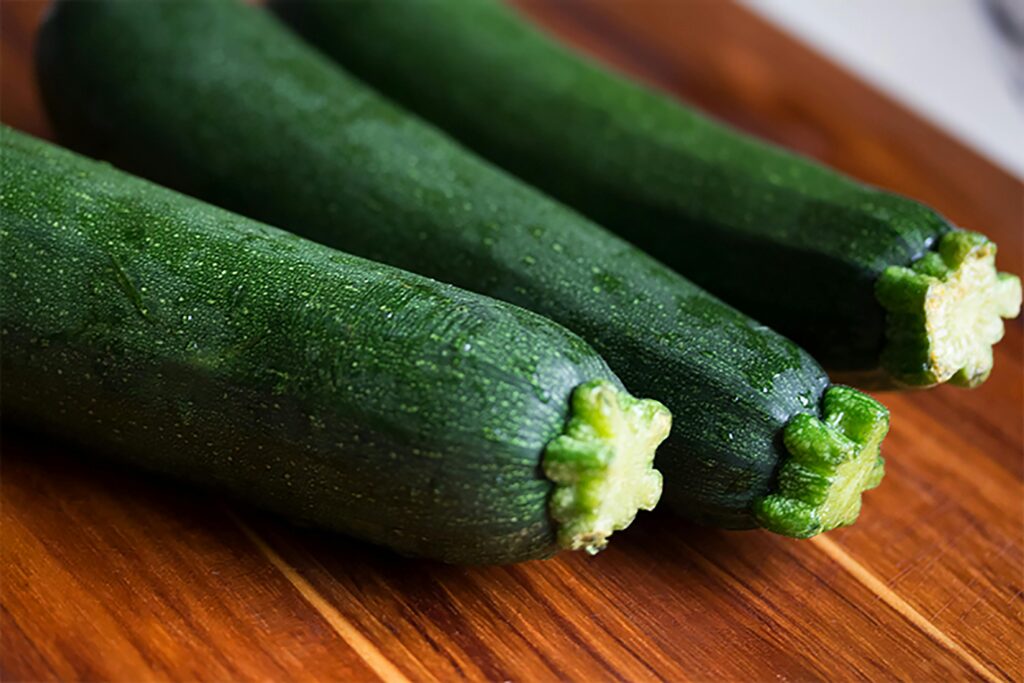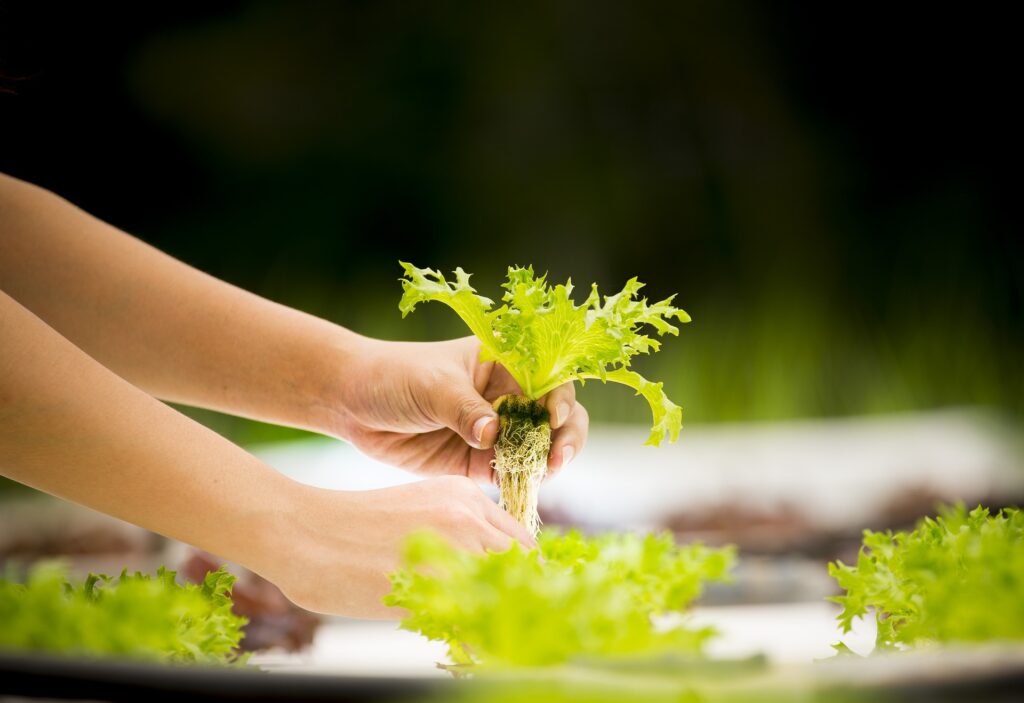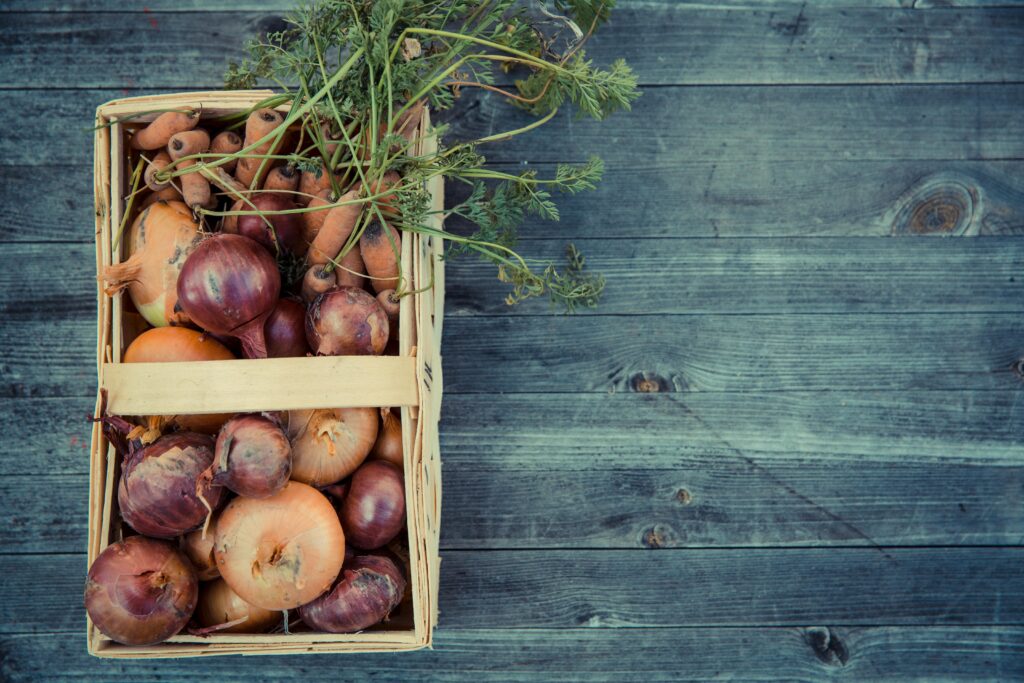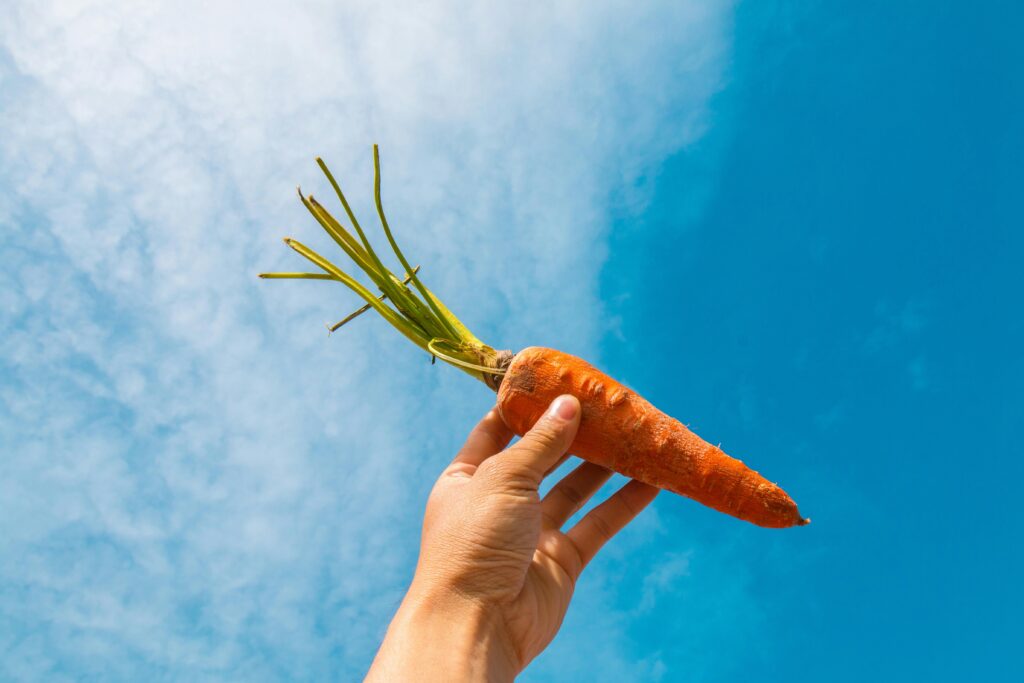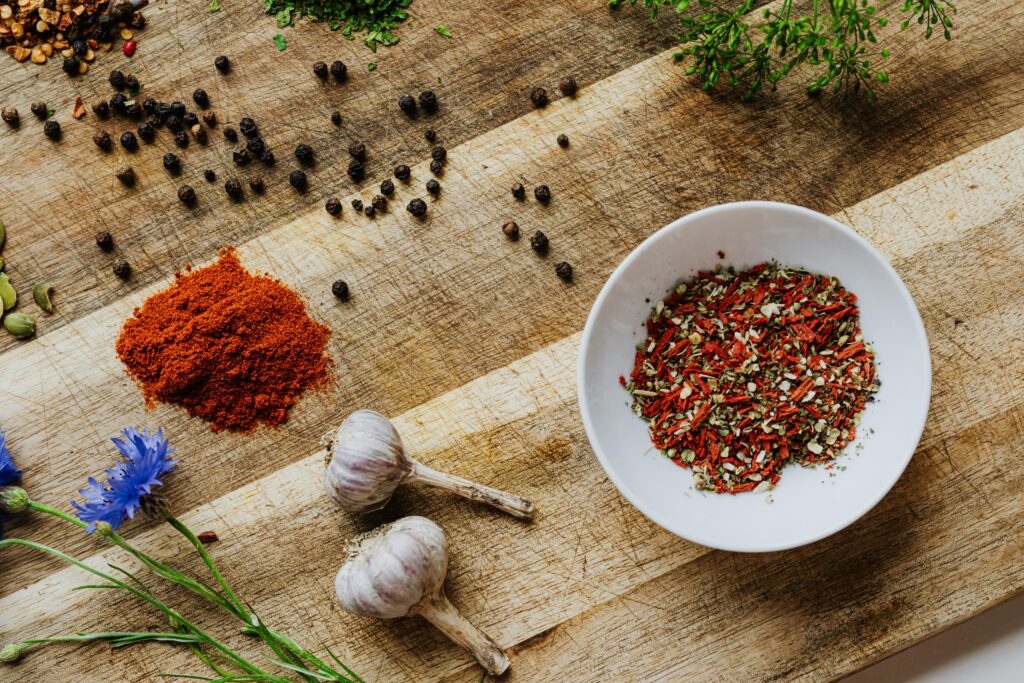Table of Contents
Introduction to Plant Zucchini Seeds
Zucchini, a summer squash that’s as delightful on the palate as it is easy to grow, has won the hearts of gardeners and chefs alike. Its versatility in the kitchen, coupled with its straightforward cultivation process, makes it a favorite among those who cherish the ability to go from garden to table in a matter of hours. The journey of growing this culinary staple begins with a simple yet pivotal step: planting zucchini seeds.
The art of sowing zucchini seeds is not just about burying them in the soil; it’s about embracing a cycle of growth, care, and harvest that rewards patience with abundance. This blog aims to guide you through each stage of this journey, ensuring that by the end, you’ll be equipped with the knowledge to transform a handful of seeds into a bountiful harvest.
Throughout this blog, we’ll dive deep into the nuances of choosing the right seeds, preparing your garden, and the best practices for planting and caring for your zucchini plants. Whether you’re a seasoned gardener or a curious newcomer, these insights will help you achieve a thriving zucchini patch that’s as rewarding to cultivate as it is to harvest.
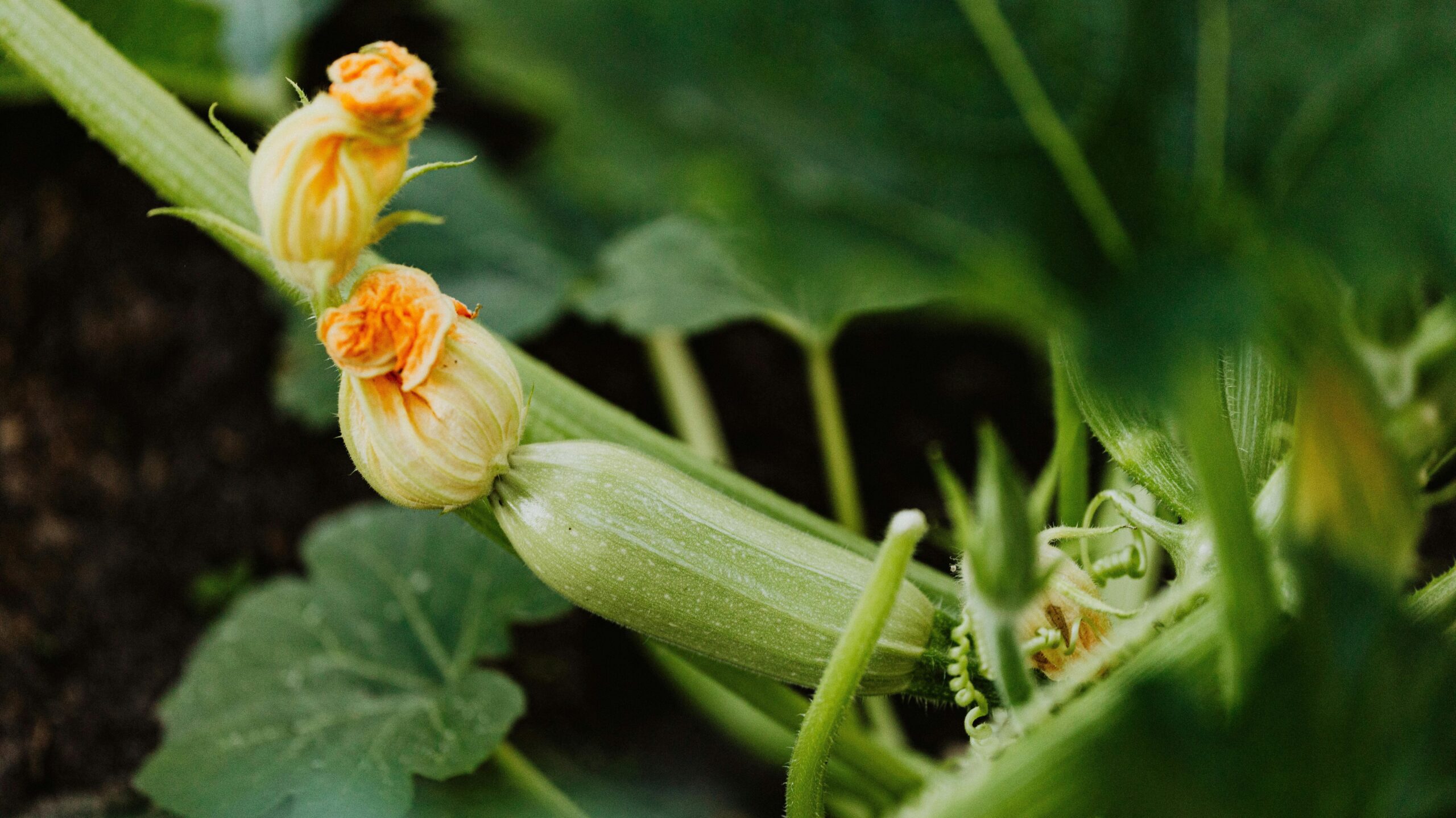
Choosing the Right Seeds
When it comes to planting zucchini seeds, the first step is selecting the right variety. The choice between organic and non-organic seeds is a pivotal decision that can influence your gardening experience and the quality of your harvest. Organic seeds come from plants that have been grown without synthetic pesticides or fertilizers, making them a favorite for gardeners looking to cultivate produce in harmony with nature. On the other hand, non-organic seeds might offer a wider variety of zucchini, including hybrid species designed for superior disease resistance and yield.
The significance of seed selection cannot be understated. Opting for seeds that are well-suited to your local climate and soil conditions can lead to a more resilient and productive garden. Consider consulting local gardening groups or agricultural extensions to understand which zucchini varieties thrive in your area. Remember, the journey to a bountiful zucchini harvest begins with the seeds you plant.
Preparation for Planting
Preparing your garden for zucchini seeds involves several crucial steps, starting with soil preparation. Zucchini plants thrive in well-draining soil rich in organic matter. Before planting, work compost or aged manure into your garden beds to improve soil fertility and structure. This will provide a nutrient-rich environment for your seeds to germinate and grow.
Choosing an ideal planting location is also vital. Zucchini plants need plenty of sunlight—at least 6 to 8 hours a day—to produce a healthy harvest. Select a spot in your garden that receives ample sunlight and has good air circulation to reduce the risk of plant diseases.
Gathering the necessary tools beforehand will make the planting process smoother. You’ll need a spade or a hoe for turning the soil, a rake for leveling, and a watering can or hose for keeping the soil moist. Having these tools at hand when you plant zucchini seeds will ensure that you’re ready to start your gardening project on the right foot.
The Best Time to Plant Zucchini Seeds
Timing is everything when it comes to gardening, and planting zucchini seeds is no exception. The best time to plant zucchini seeds directly in the garden is after the last frost when the soil has warmed to at least 70°F (21°C). In most temperate climates, this typically falls in late spring. However, if you’re eager to get a head start, you can sow seeds indoors in biodegradable pots a few weeks before the last frost date, then transplant them into your garden once the weather stabilizes.
Climate considerations play a crucial role in deciding when to plant. Gardeners in warmer regions might have the flexibility to plant zucchini seeds over a longer period, whereas those in cooler climates may have a narrower window. Paying attention to local weather patterns and frost dates will guide you in timing your planting to ensure optimal growth conditions for your zucchini plants.
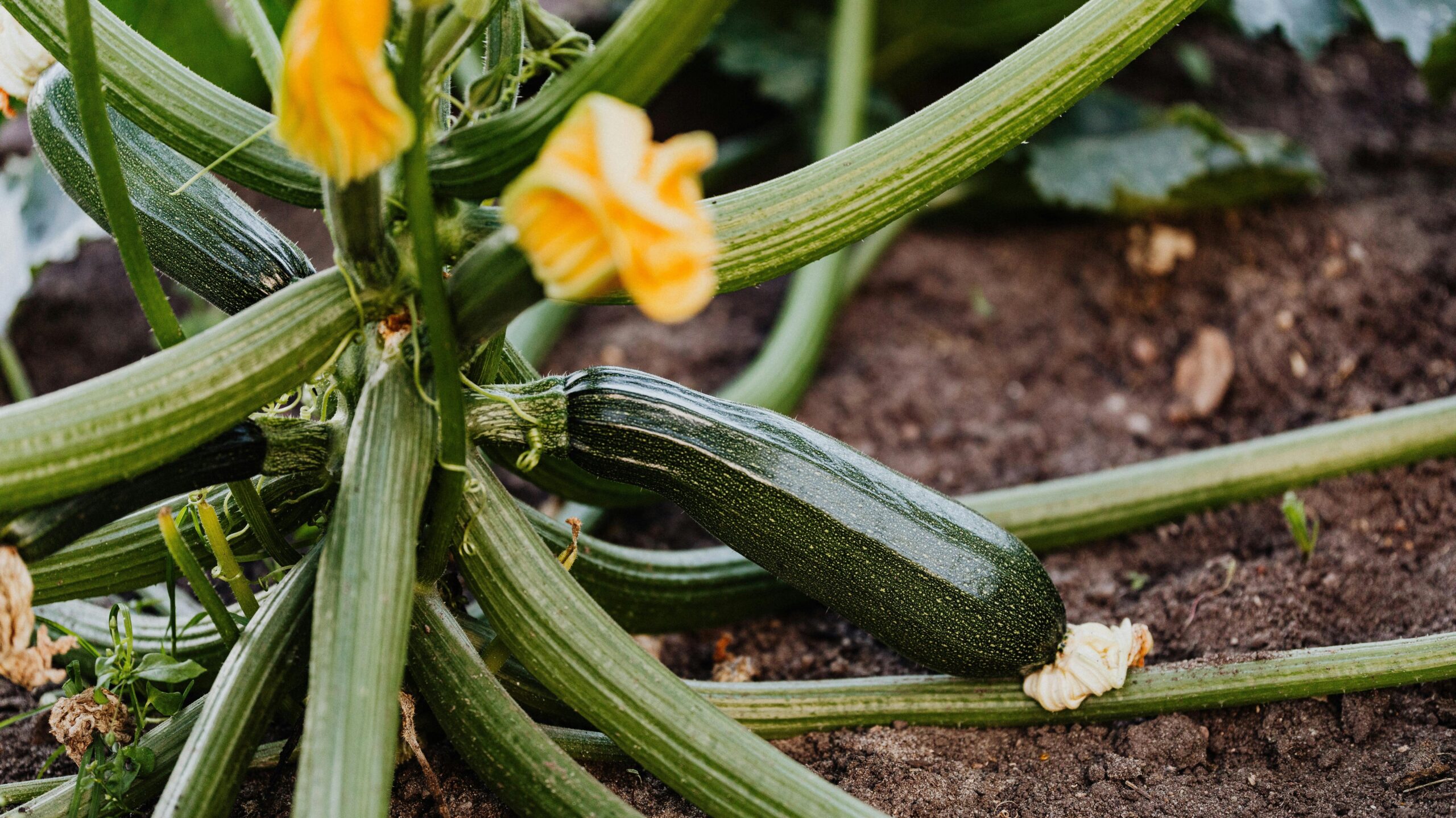
Step-by-Step Guide to Planting Zucchini Seeds
Planting zucchini seeds is a rewarding process that begins with a few simple steps. Here’s how to ensure your zucchini gets the best start:
- Create Planting Mounds: In your prepared garden bed, use a hoe or your hands to form small mounds of soil spaced about 3 to 4 feet apart. These mounds should be about 1 inch high, which helps improve drainage and soil warmth, both beneficial for zucchini seed germination.
- Sow the Seeds: Plant 2-3 zucchini seeds in the center of each mound, pushing them about an inch into the soil. Cover them gently with soil and water the area thoroughly. Keeping the soil moist but not waterlogged is crucial for germination.
- Germination Process: Zucchini seeds typically germinate within 7 to 14 days, depending on soil temperature and conditions. Once the seedlings emerge, monitor their growth and maintain soil moisture. When seedlings have two sets of true leaves, thin them out, leaving the strongest plant in each mound.
- Early Care: Protect the young zucchini plants from pests and harsh weather. A layer of mulch can help retain soil moisture and suppress weeds. If temperatures drop unexpectedly, cover the plants at night with a frost blanket.
Subheading: Nurturing Your Zucchini Plants to Maturity
As your zucchini plants grow, they’ll need ongoing care to reach their full potential:
- Watering: Zucchini plants require consistently moist soil. Water the plants deeply once a week, more frequently during hot, dry periods. Avoid wetting the leaves to reduce the risk of fungal diseases.
- Fertilizing: Apply a balanced, all-purpose fertilizer every 4-6 weeks to support growth. Alternatively, side-dress the plants with compost to provide a slow-release nutrient boost.
- Pest Management: Keep an eye out for common pests like squash bugs and cucumber beetles. Physical removal, neem oil, or insecticidal soap can manage infestations. Regularly inspect your plants and act quickly to mitigate damage.
Harvesting Your Zucchini
Your zucchini is ready to harvest when it’s about 6 to 8 inches long. This size ensures the skin is still tender and the seeds are small. Use a sharp knife or scissors to cut the zucchini from the plant, being careful not to damage the vine. Zucchini grows quickly; check your plants every day to harvest at the ideal size.
Harvesting your zucchini regularly encourages the plant to produce more fruit throughout the season. Don’t be surprised if you find yourself with a plentiful harvest—zucchini is known for its generous yield.
How to Grow Onions in Pots: 5 Simple Steps for Lush, Flavorful Harvests
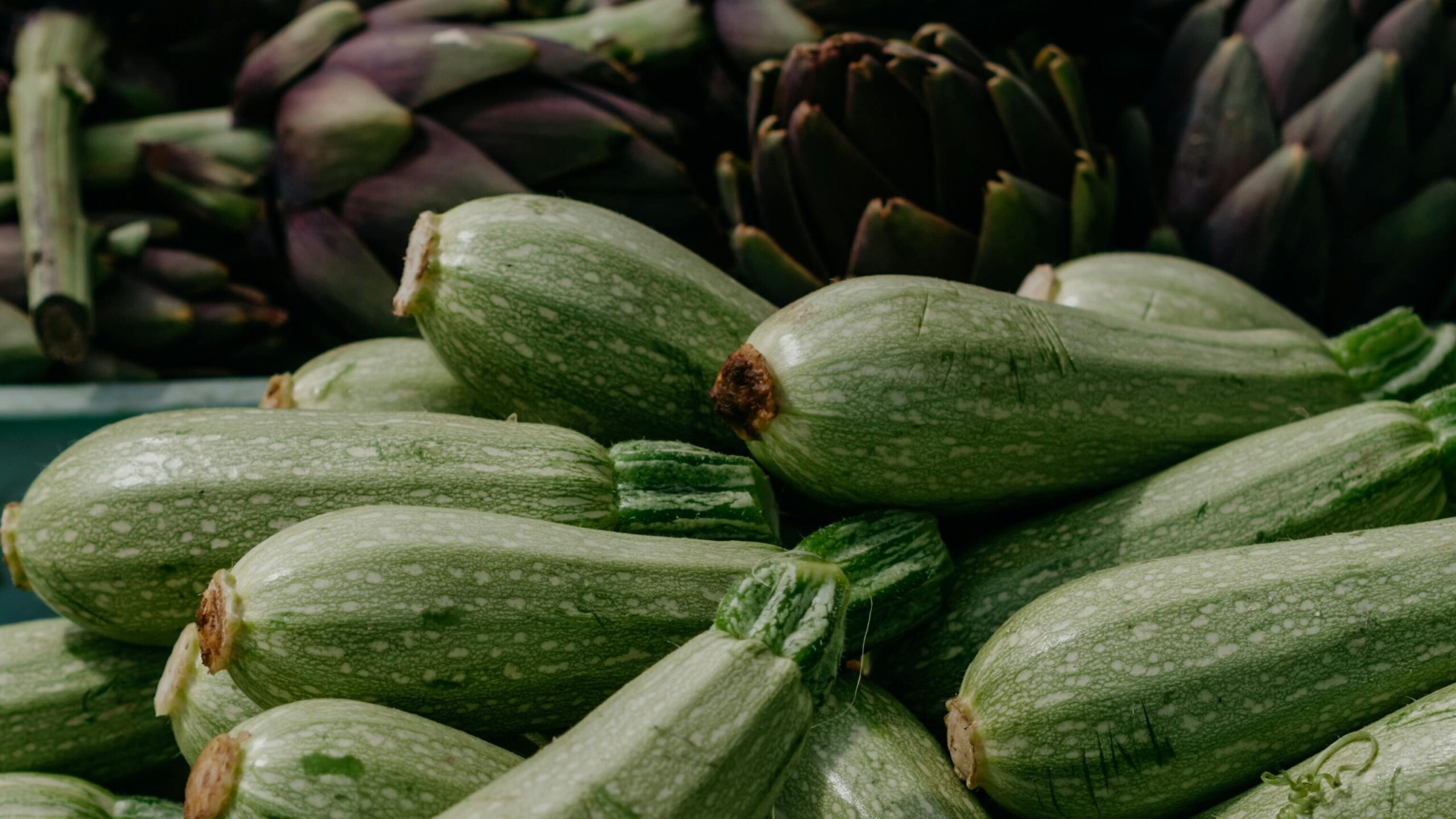
FAQ Section
How deep should I plant zucchini seeds?
Zucchini seeds should be planted about an inch deep in the soil. This depth helps ensure proper germination and stability for the emerging seedlings.
Can I plant zucchini seeds in pots?
Yes, zucchini can be grown in pots. Choose a large container (at least 5 gallons) with good drainage and use a high-quality potting mix. Ensure the plants receive enough sunlight and water regularly.
How much space do zucchini plants need?
Zucchini plants require plenty of space to grow. Space the mounds or pots about 3 to 4 feet apart to ensure adequate air circulation and room for growth.
When is the best time to water zucchini plants?
The best time to water zucchini plants is in the morning. This allows the water to reach the roots before the heat of the day and helps prevent fungal diseases by avoiding water accumulation on the leaves overnight.
How do I know when my zucchini is ready to harvest?
Zucchini is ready to harvest when it reaches about 6 to 8 inches in length. The skin should be tender, and the zucchini should feel firm. Harvesting at this size ensures the best flavor and texture.
Conclusion
Embarking on the journey to plant zucchini seeds is not just about cultivating a garden; it’s about nurturing a slice of nature that can provide sustenance, beauty, and a profound sense of accomplishment. As you delve into the process, from the initial selection of seeds to the careful nurturing of each plant, you engage in an age-old tradition of growing food that connects you to generations of gardeners before you. This connection, grounded in the simple act of planting zucchini seeds, offers more than just a pathway to a bountiful harvest; it offers a lesson in patience, care, and the rewards of diligent stewardship.
The beauty of growing zucchini lies not only in the vegetable’s versatility in culinary uses but also in its ability to thrive under the attentive eye of a dedicated gardener. By following the guidelines laid out in this guide—from soil preparation to the timing of planting, from watering practices to pest management—you equip yourself with the knowledge to ensure that your zucchini plants flourish. This knowledge, when applied with care and attention, transforms your garden into a verdant oasis brimming with life.
As your zucchini vines stretch towards the sun and begin to bear fruit, remember that each zucchini is a testament to the care and effort you’ve invested in your garden. Harvesting these fruits, whether they’re destined for the dinner table or to be shared with friends and neighbors, is a moment of pure joy. It’s a reminder of the simple pleasures that gardening brings and the tangible rewards of planting zucchini seeds.

